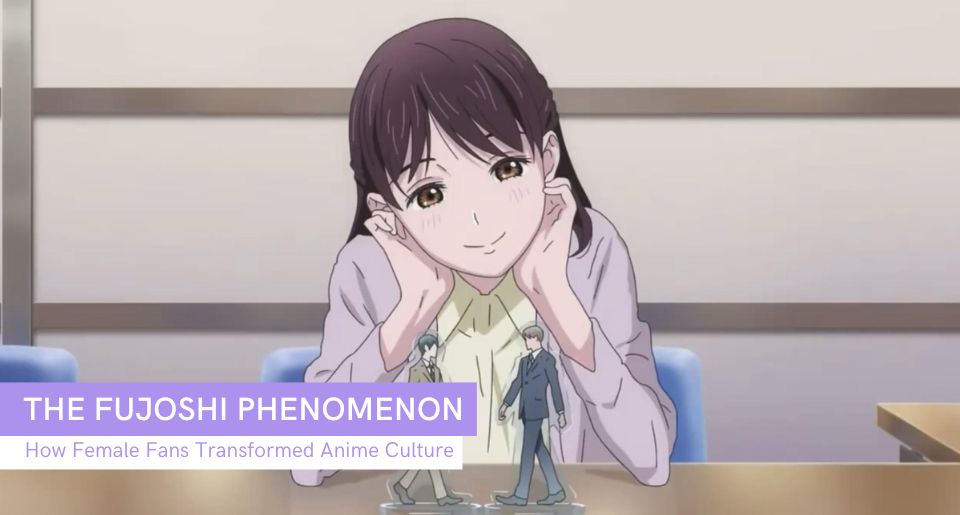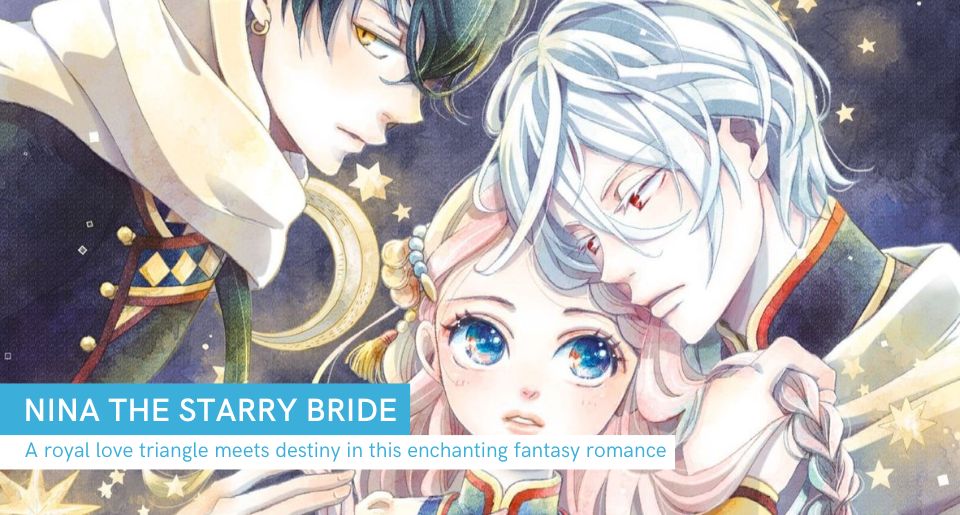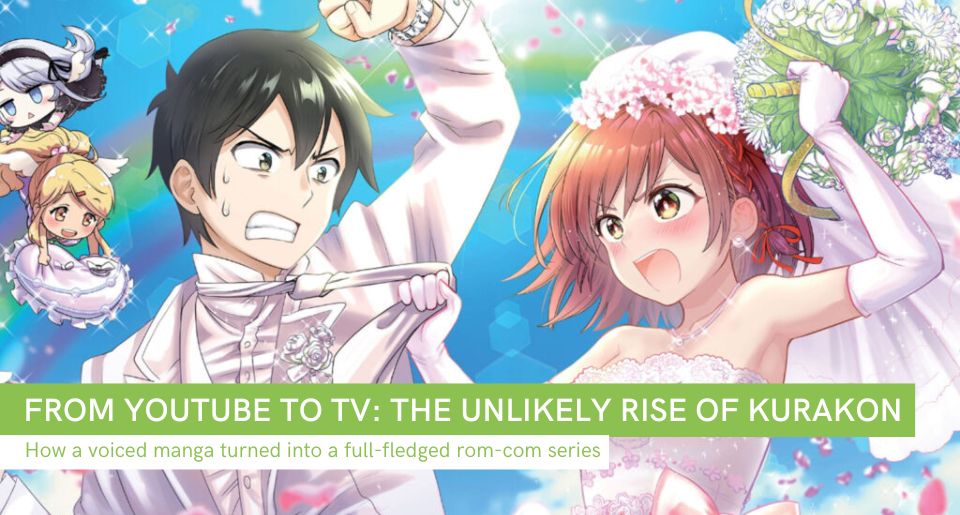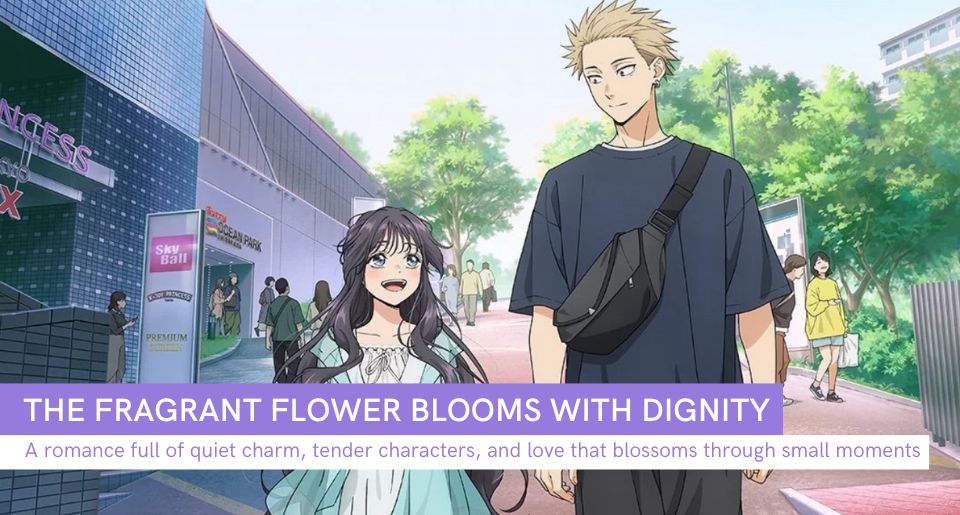Contents
- Introduction
- Understanding Fujoshi and Their Appeal
- The Economic Power of Fujoshi
- Fujoshi and the Popularity of Sports and Idol Anime
- The Fujoshi Influence on Major Franchises
- Navigating the Balance Between Appeal and Representation
- The Growing Influence of Fujoshi in Fandom
- What do you think?
- About the Writer
Introduction
For years, anime with overwhelmingly male casts were thought to be tailored for a male audience. However, this expectation has been rewritten over time, thanks to the influence of fujoshi—female fans who are deeply passionate about "shipping" male characters with each other. The term "fujoshi" literally means "rotten girl," a self-mocking reference to their interest in homoerotic relationships between male characters, often in series that aren't explicitly romantic. Fujoshi have not only transformed fandom culture but have also become a significant force driving the popularity of many anime genres and titles.
Understanding Fujoshi and Their Appeal
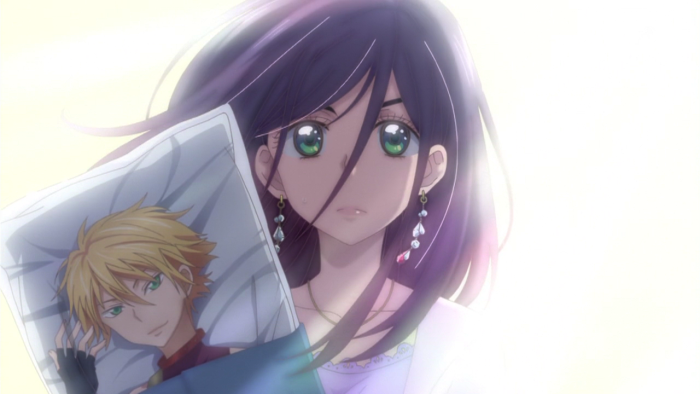
Kae Serinuma from Kiss Him, Not Me is one of the most popular fujoshi characters in recent anime.
The fujoshi phenomenon is often misunderstood by those outside the fandom. Many might assume that female fans would prefer to see heterosexual relationships in anime, where they can self-insert as the female character. However, the appeal of fujoshi lies in the third-person perspective they gain from observing relationships between two attractive male characters. The allure is in the distance from the relationship, which allows them to engage with the story without self-insertion.
For years, fujoshi fantasies were largely confined to fan art and fanfiction, with little acknowledgment from the mainstream anime market. However, as the number of female fans with significant spending power grew, anime producers began to take notice. This shift was partly due to the Odagiri Effect, named after actor Joe Odagiri, whose role in the 2000 series Kamen Rider Kuuga attracted a large female audience, transforming a children's show into a hit among housewives. This marked the beginning of a trend where attractive male characters were increasingly featured in anime, appealing to both male and female audiences.
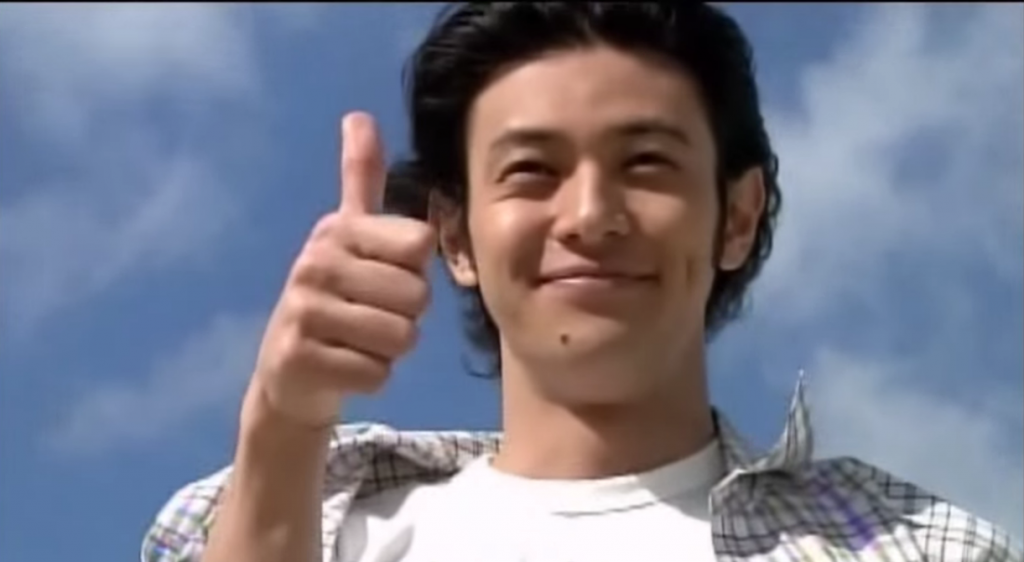
Joe Odagiri, the namesake and the reason behind the “Odagiri Effect” phenomenon.
The Economic Power of Fujoshi
Female otaku, especially fujoshi, has proven to be a lucrative market. Female otaku have significant spending power, driving the increase in boys' love (BL) publications and anime featuring attractive male characters. This economic clout has even influenced major publications like Shounen Jump, where titles that once targeted young boys have also evolved to cater to female audiences.
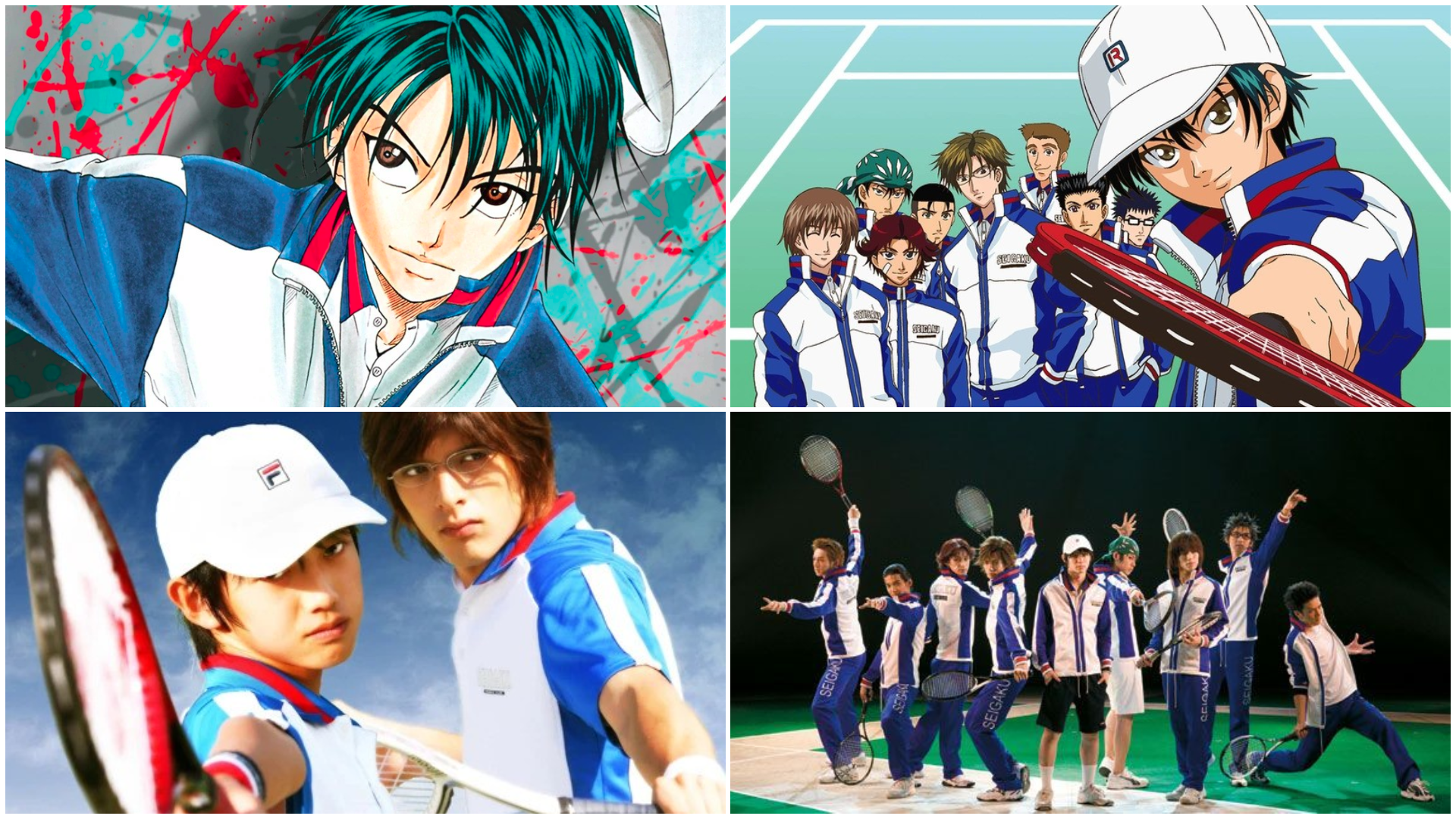
Prince of Tennis has a manga, anime, and numerous live-action and stage musical adaptations. Its main market? Women. Just look at Tenimyu and its fanbase.
An excellent example of this is the Prince of Tennis franchise, which has garnered a massive following among adult women despite its initial target audience of young boys. These women have invested heavily in merchandise, stage plays, and other related media, demonstrating the financial impact of fujoshi on the anime industry.
Fujoshi and the Popularity of Sports and Idol Anime
Two genres, in particular, have become favorites among fujoshi: sports anime and idol anime.
Traditionally aimed at young male audiences, sports anime have found a substantial secondary audience in fujoshi. The genre's focus on high school male athletes, combined with the lack of female characters, creates an ideal environment for fans to imagine romantic relationships between male characters. While explicit gay representation is rare in sports anime, the intense friendships and rivalries provide fertile ground for fujoshi to explore their fantasies. Shows like Haikyuu!! and Free! have become popular among fujoshi for these reasons.
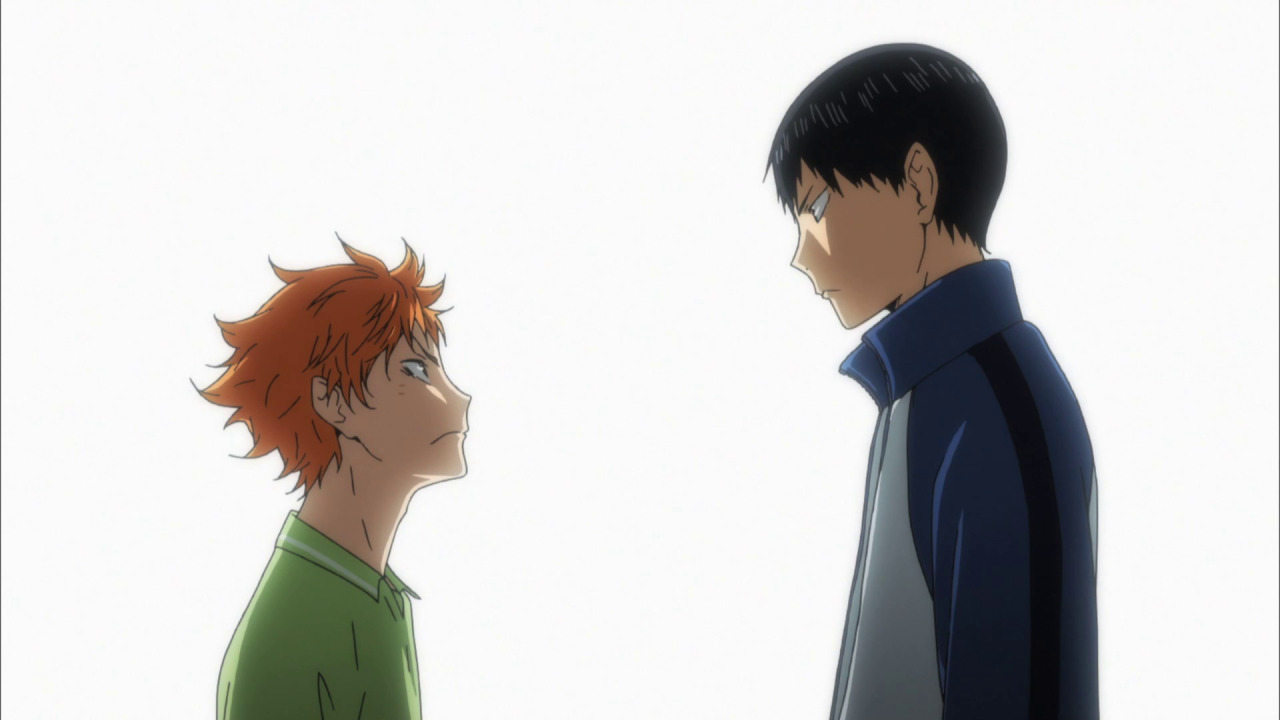
Haikyuu!! is your typical shonen sports anime, but the bond and the rivalry between the characters definitely attract shippers of all kinds.
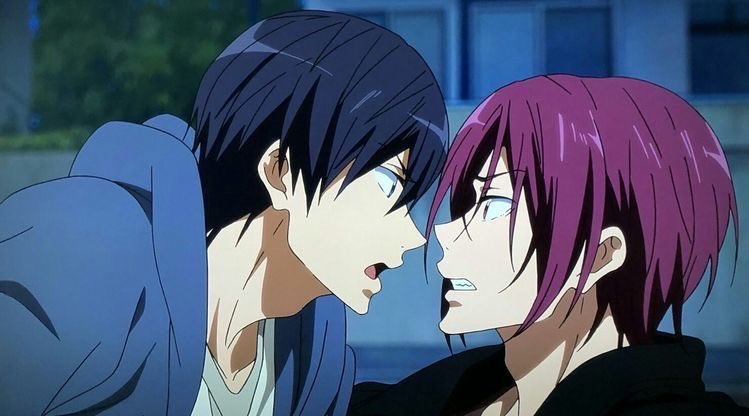
On the other hand, Free! is certainly a fujoshi-bait sports anime, with less emphasis on swimming and more on the relationships between the characters.
Similarly, idol anime, which once centered on female idols and their romantic interests, have shifted towards focusing on male idols and their interactions with each other. The absence of significant female characters and the emphasis on male friendships and rivalries have made these shows particularly appealing to fujoshi. Series like Uta no Prince-sama and B-PROJECT exemplify this trend, with the latter even featuring a female manager whose role is to help male idols resolve conflicts and deepen their relationships.
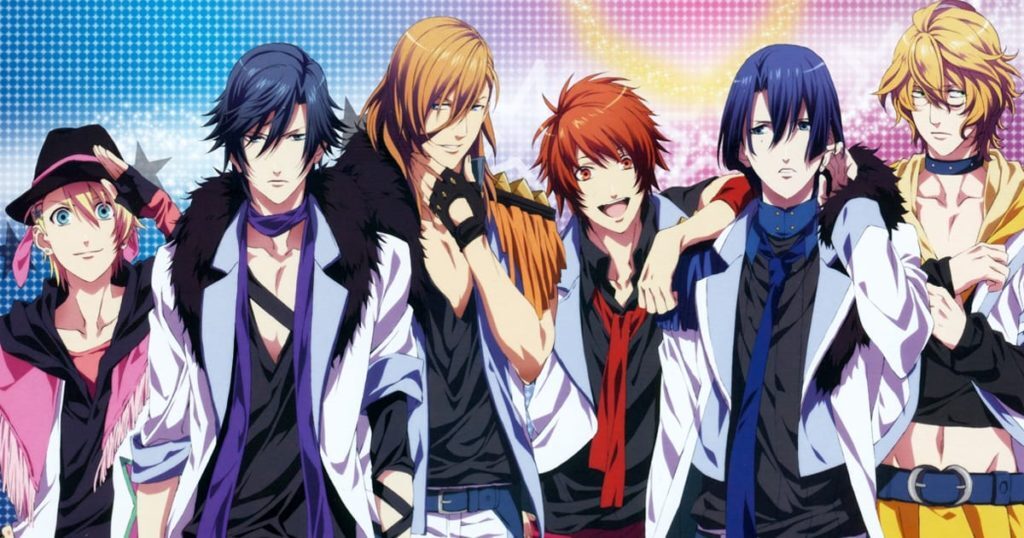
Anime whose source material are otome games like Uta no Prince-sama are made for the female otaku and the yumejoshi, but the presence of the self-insert female character doesn’t stop the fujoshi from shipping the men.
The Fujoshi Influence on Major Franchises
The influence of fujoshi extends beyond niche genres to some of the most popular anime and manga franchises. Jujutsu Kaisen, Demon Slayer, and My Hero Academia are just a few examples of mainstream titles that have garnered substantial fujoshi followings. These series often feature large casts of male characters, allowing fujoshi to create their own interpretations and ships.
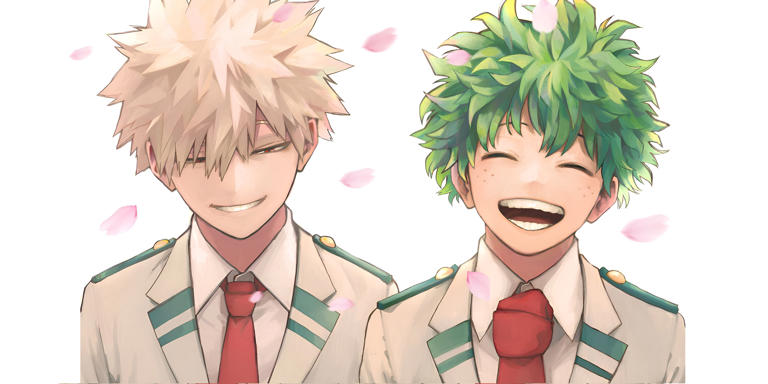
My Hero Academia is as shonen as it gets, but the fujoshi fanbase for the series is immense. BakuDeku, the ship between Midoriya Izuku and Bakugou Katsuki, is one of the most popular, and this official manga art made the shippers go nuts.
One of the most striking examples of fujoshi influence is the Gundam franchise. Although Gundam is often associated with male-dominated fandoms, the original series, Mobile Suit Gundam 0079, attracted a significant female audience during its initial run. These women were not interested in the mecha models (Gunpla) that later became synonymous with the franchise; instead, they were drawn to the character-driven drama and the relationships between the male characters. This early female fandom played a crucial role in the series' success, and the franchise has continued to appeal to fujoshi with its complex male relationships and emotional intensity.
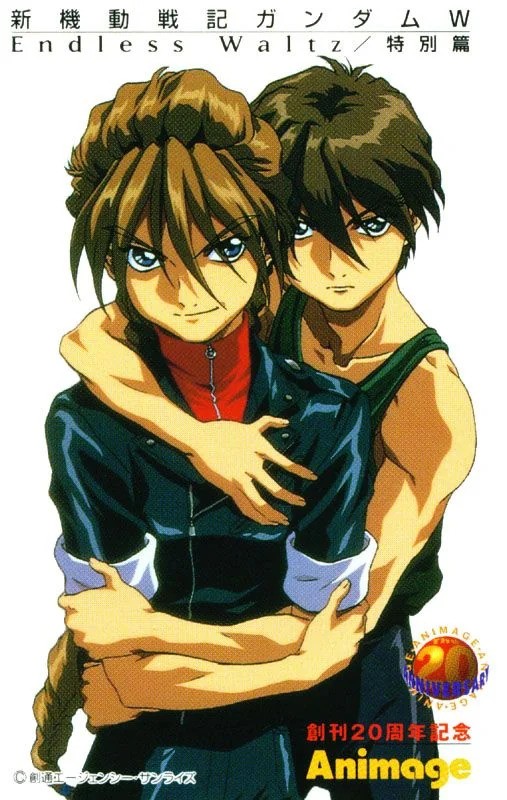
You’re not wrong, this is official art. Gundam Wing is one of the most popular Gundam series among fujoshi, and the pretty boys in the series certainly do help. It doesn’t matter if Heero and Relena are supposedly canon, they will still ship Heero with others.
Navigating the Balance Between Appeal and Representation
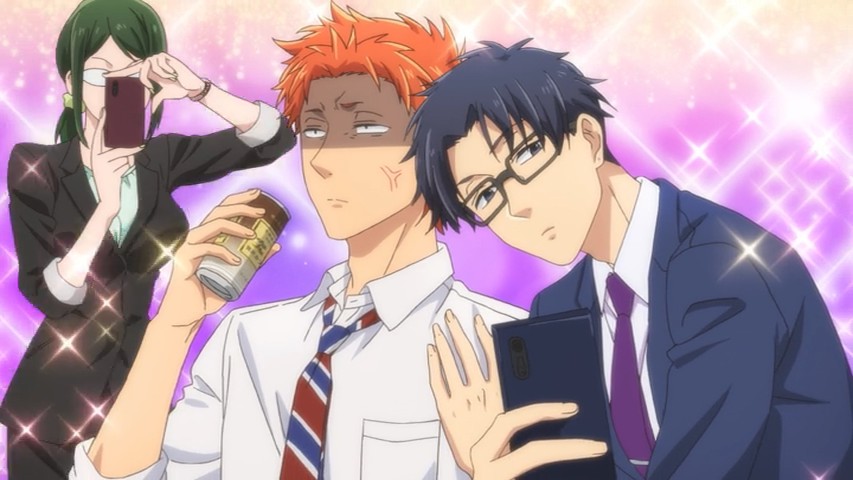
In Wotakoi, having a boyfriend does not mean they’re exempted from the fujoshi lenses.
The fujoshi fandom is often criticized for fetishizing gay relationships, reducing them to mere entertainment. While there is some truth to this critique, it’s crucial to acknowledge the diversity within the fujoshi community. Many fujoshi are queer themselves and engage with fandom as a means of exploring and expressing their identities. For these fans, shipping male characters is not about trivializing queer relationships but about finding representation in a medium that is often overwhelmingly heteronormative.
Moreover, the fujoshi community is not monolithic. While some fans may focus on shipping, others appreciate the depth and complexity of male relationships in anime, regardless of their romantic nature. This diversity means that creators must tread carefully when appealing to fujoshi. Overly pandering to this audience can backfire, as fujoshi value the freedom to interpret characters and relationships on their terms.
The Growing Influence of Fujoshi in Fandom
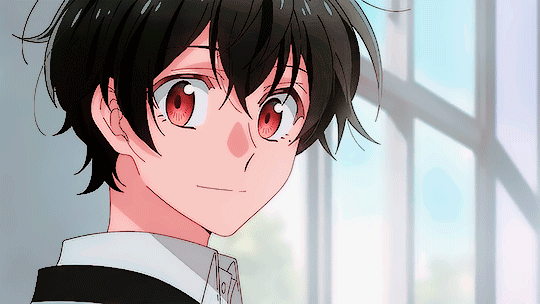
Miyano, the main character from the BL series Sasaki and Miyano, is a certified fudanshi–a fujoshi’s male counterpart.
The rise of fujoshi has undeniably reshaped the anime landscape. Their enthusiasm and spending power have driven the popularity of many genres and franchises, and their influence continues to grow. However, appealing to fujoshi is not as simple as adding homoerotic subtext to a series. The most successful franchises are those that create rich, complex worlds where fujoshi can explore their interpretations without feeling pandered to.
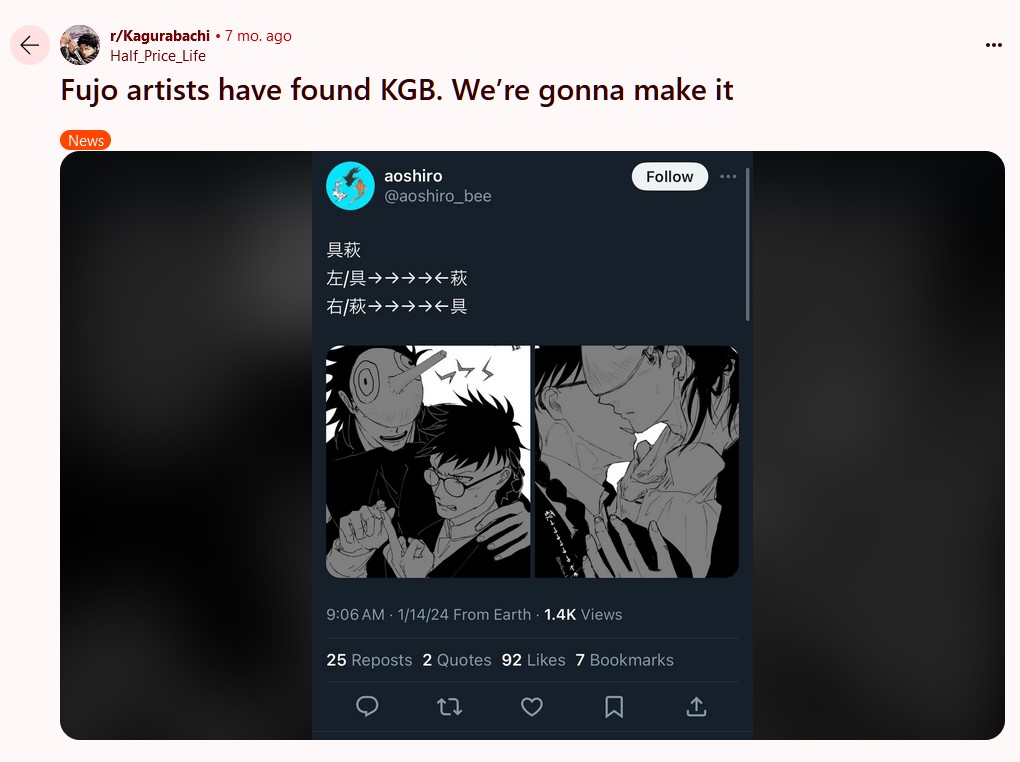
Newer fandoms, such as Kagurabachi, are particularly grateful for the presence of fujoshi. They recognize the power that fujoshi wield—when fujoshi embrace a series, it’s a strong indicator that the series will thrive and avoid being axed. As fandom evolves, the role of fujoshi will likely become even more significant, especially in highlighting underappreciated series and contributing to the success of mainstream franchises. For creators, understanding and respecting the fujoshi fandom is crucial to navigating this ever-changing landscape.
What do you think?
Why do you think fujoshi usually prefer shipping characters from shonen series?
What are the fandoms that the fujoshi have saved from obscurity?
Will other fandoms be more accepting of fujoshi?
Let us know in the comments or drop us a line on social media: X (formerly Twitter), Instagram, Facebook! We’d love to hear from you!
ZenPlus is your one-stop shop for all things Japanese. Check out our marketplace for manga volumes, cosplay, figures, and other merch!
About the Writer
Cristy is a freelance artist and writer who has been obsessed with anime and manga since childhood. Her love for these imaginative worlds fuels her creative endeavors, and she shows no signs of stopping anytime soon.

